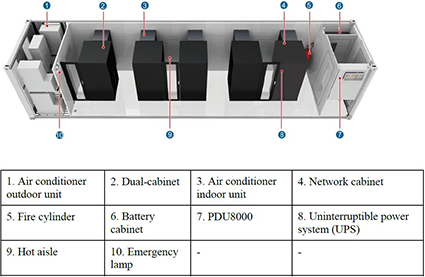Regardless of how you define the network “EDGE”, network capacity in closer proximity to the consumption and production of data is a requirement. When exploring data center solutions, the ISO shipping container is frequently part of the discussion. Modular, purpose built enclosures are a great solution for data centers. Modular hyperscale buildings like CyrusOne and Microsoft, enterprise data systems, and telecom systems are all a perfect fit for modular, but not shipping containers.
ISO cont ainers, CONEX boxes, shipping containers etc. are used for the transport of freight. They are manufactured according to specifications that define a shipping container that meets size, strength, and durability requirements of the box. (not the contents)
ainers, CONEX boxes, shipping containers etc. are used for the transport of freight. They are manufactured according to specifications that define a shipping container that meets size, strength, and durability requirements of the box. (not the contents)
Standard containers are 8’6″ tall and High-Cube containers are 9’6″ tall, but they are both only 8 feet wide. The restrictive width is the primary issue with data center containers. Data racks require at-least 3 feet of front access for functional use and loading of servers. The back of the racks need 3 foot from the wall for cooling, electrical working clearance, and OSHA and NFPA guidelines. Standard data racks are 3.5 foot deep. To work within a less than 8 foot wide interior, the layout is limiting, awkward and inefficient.





Comments